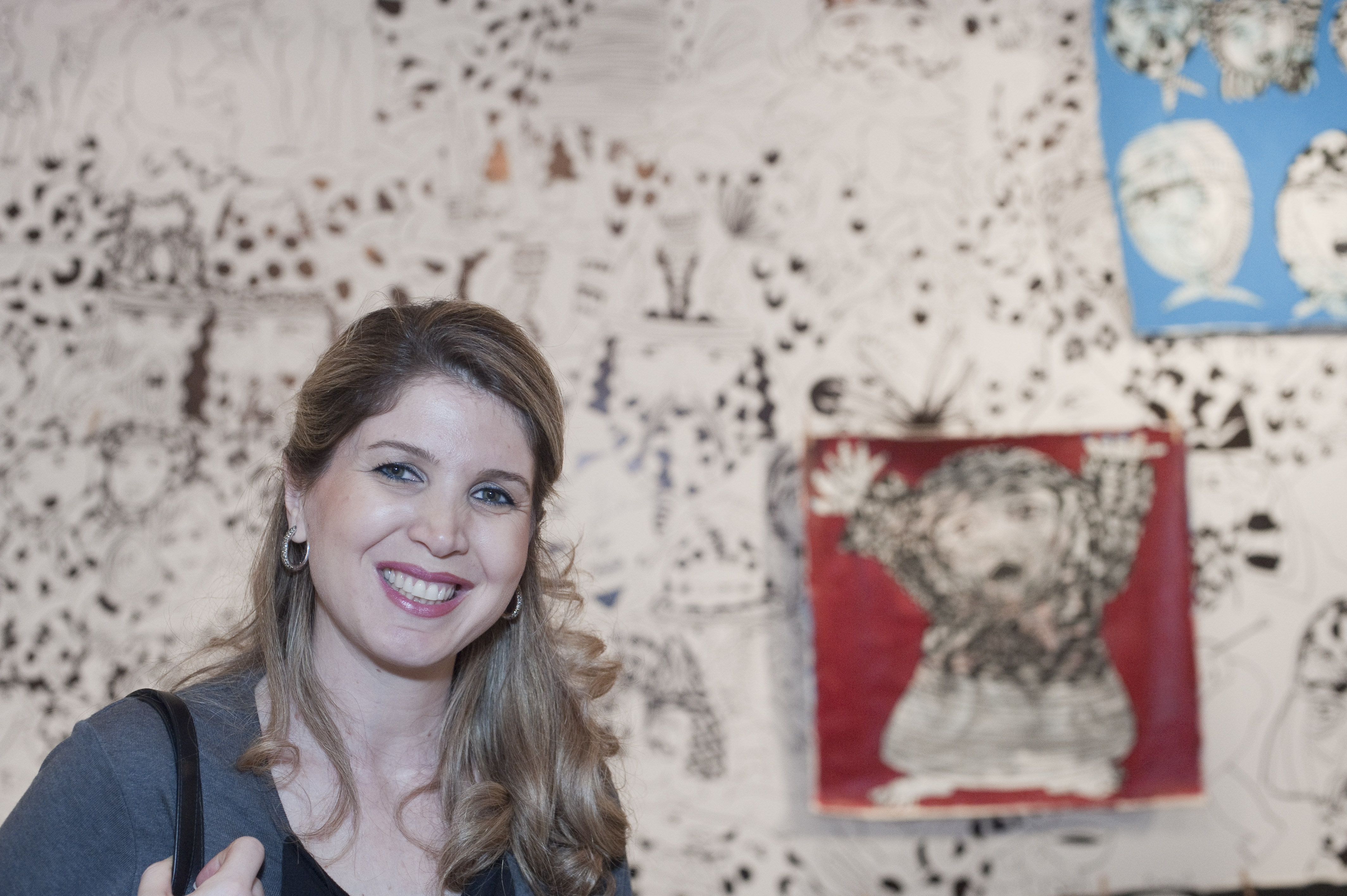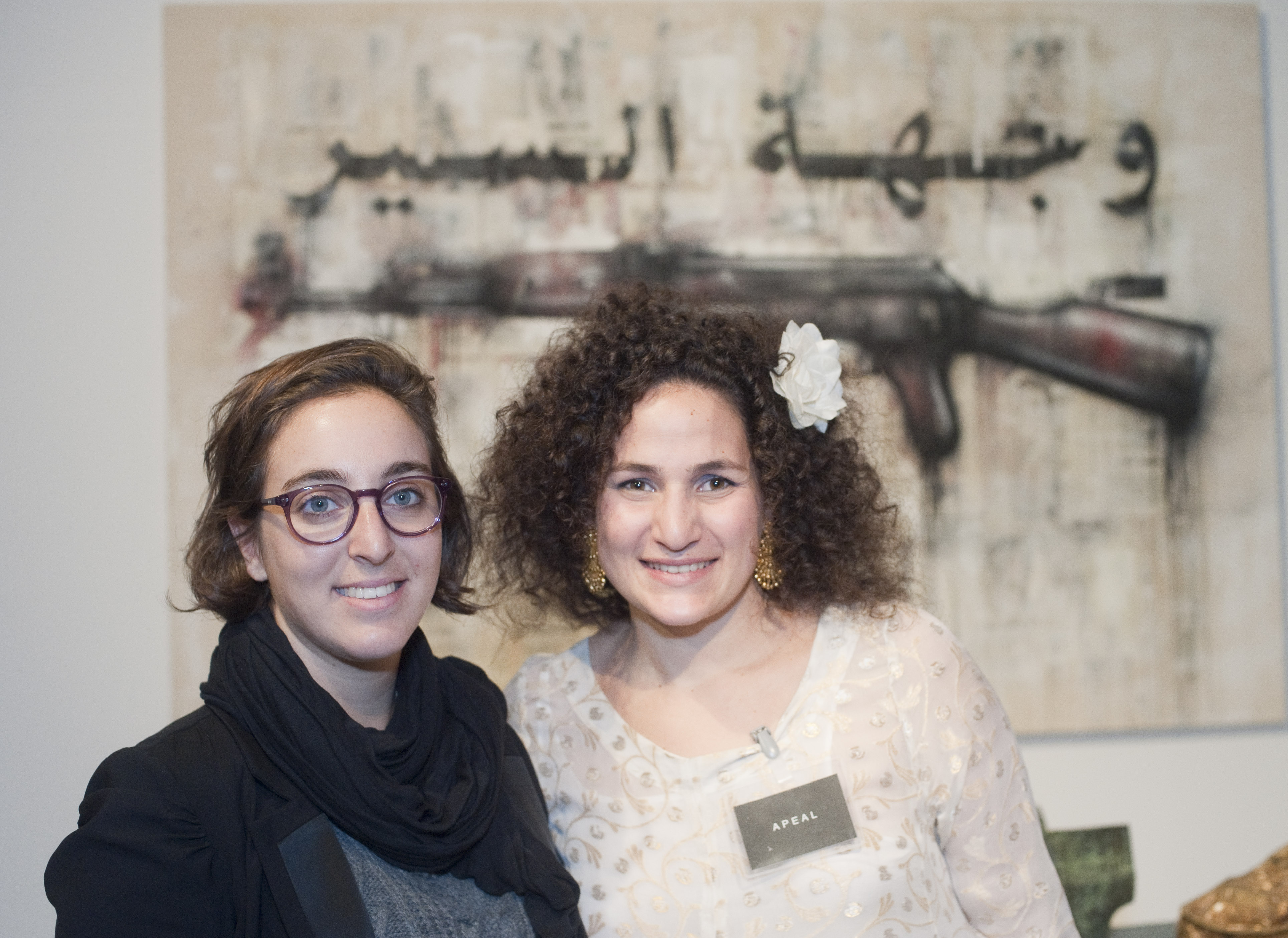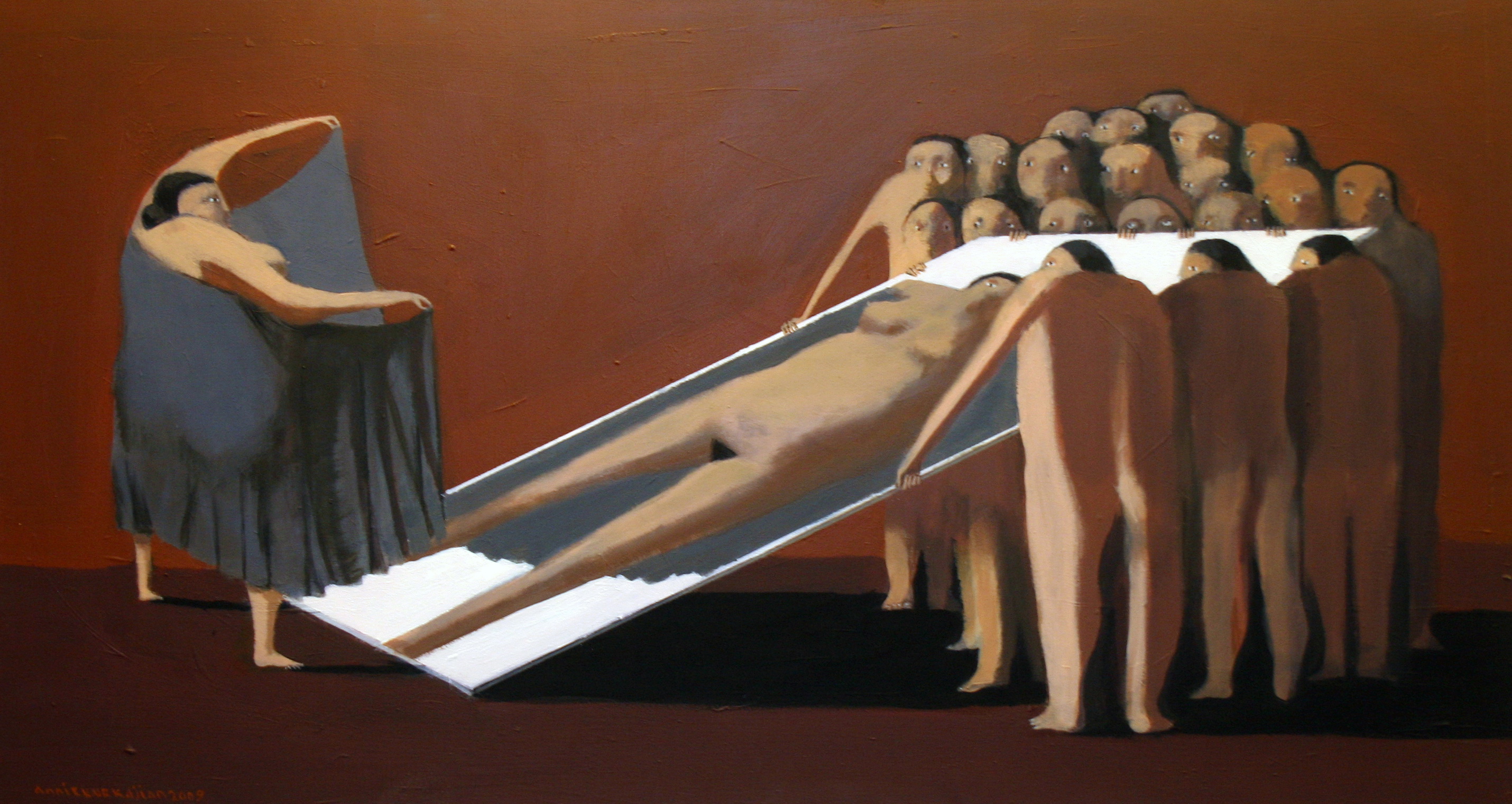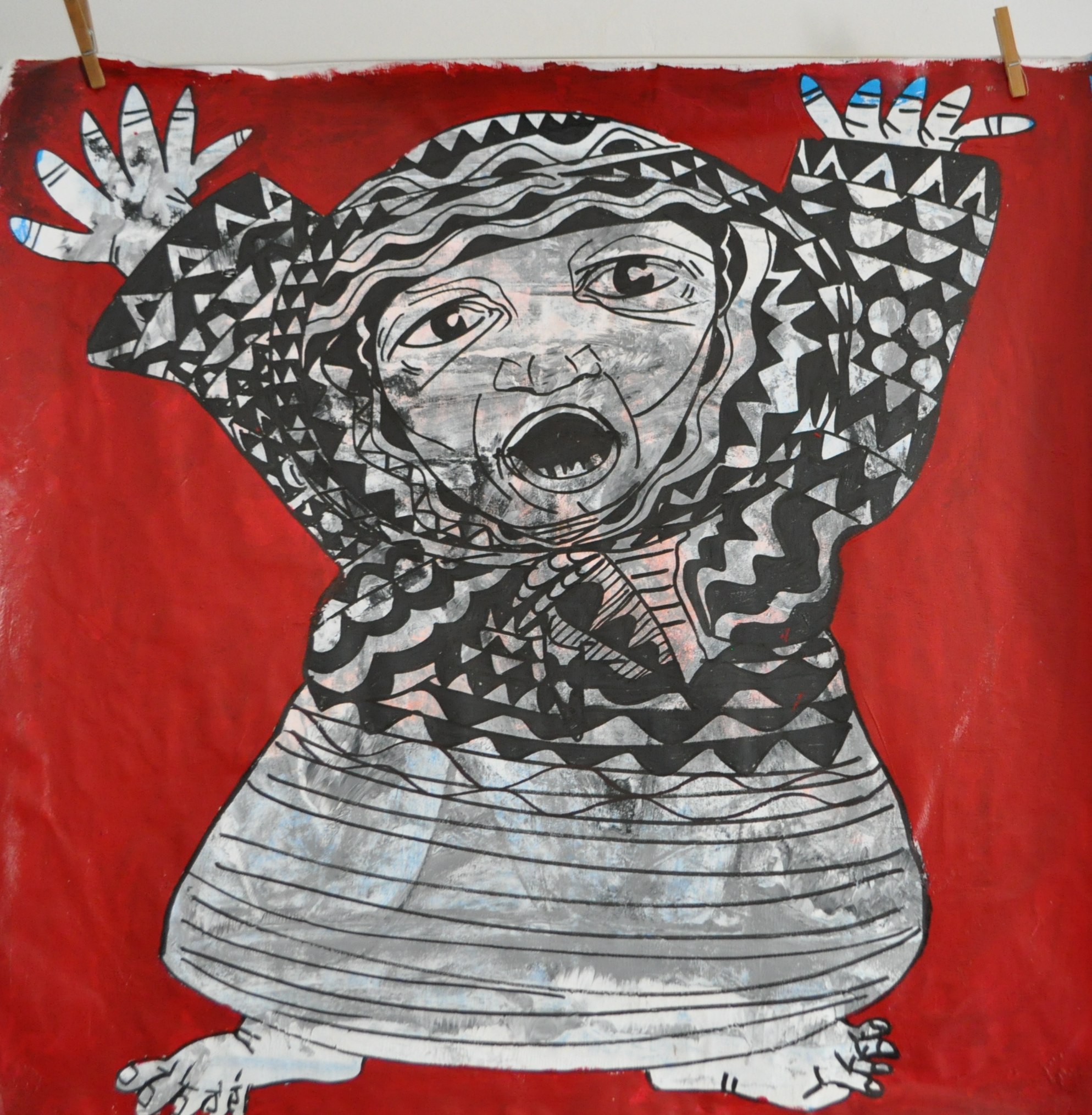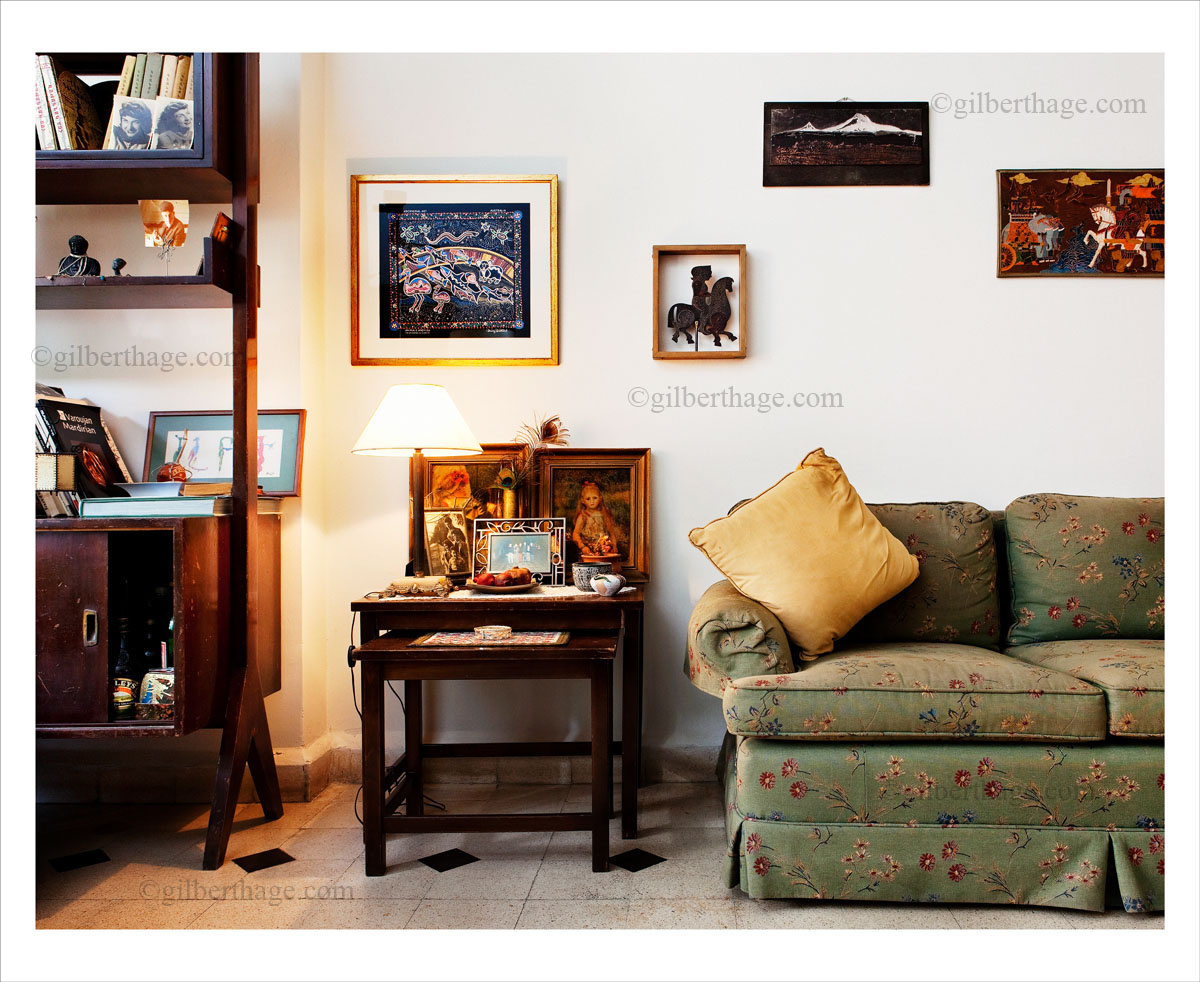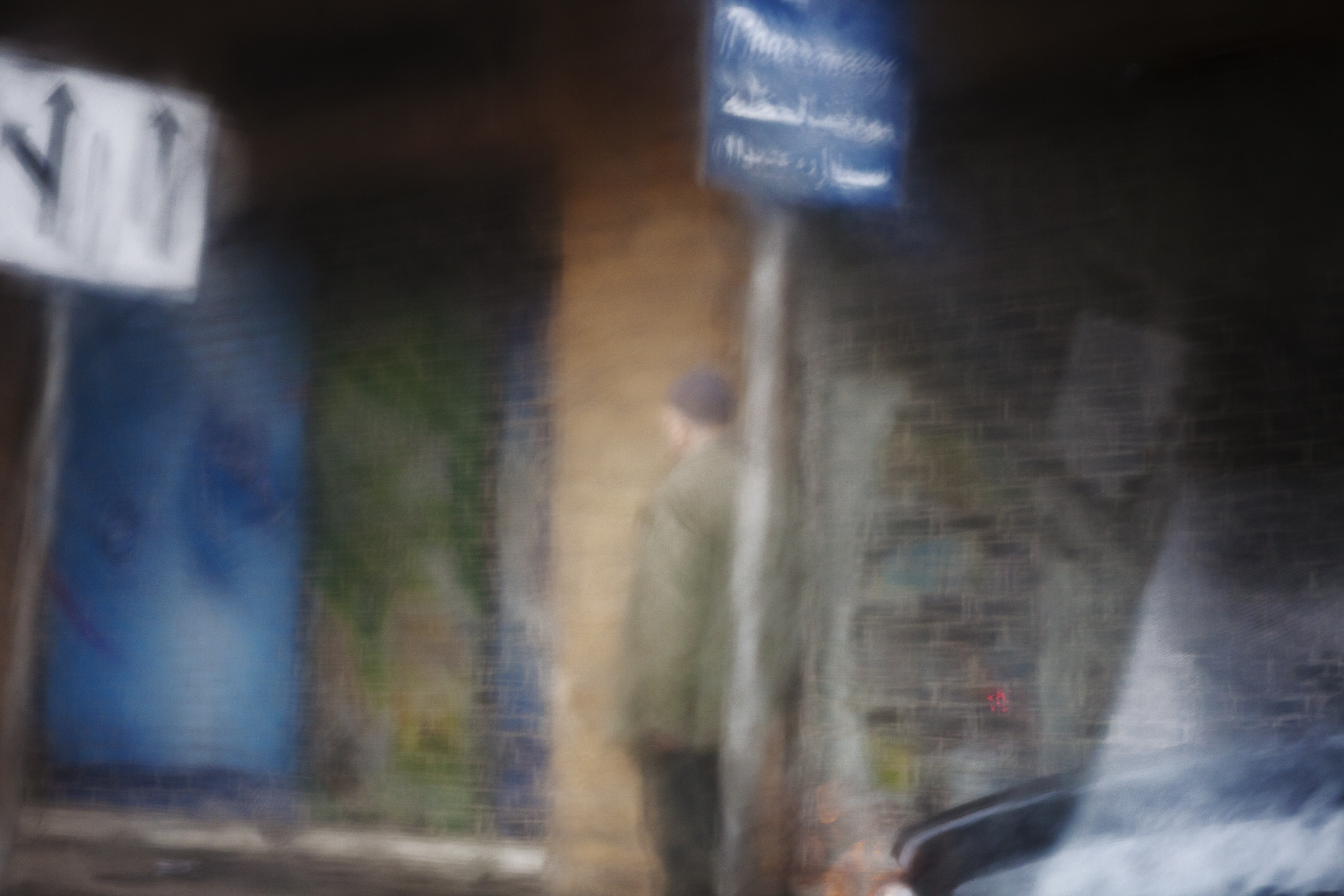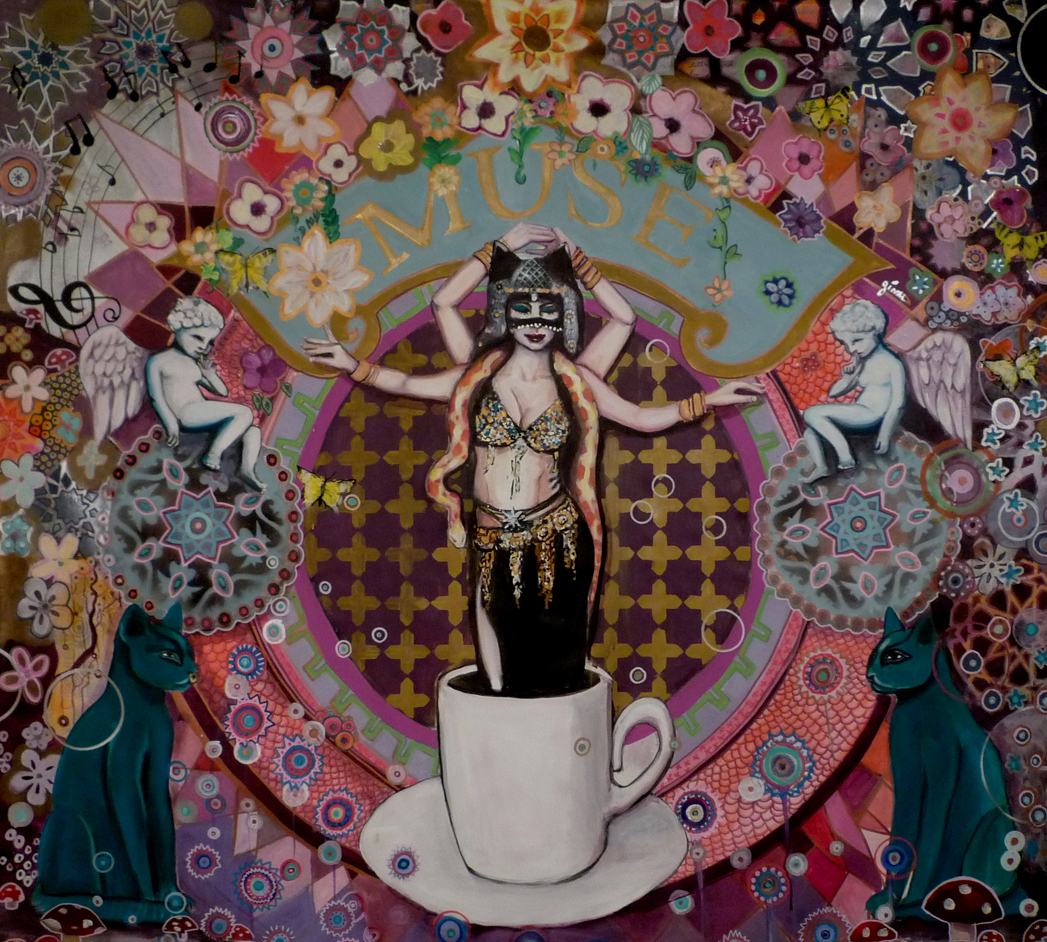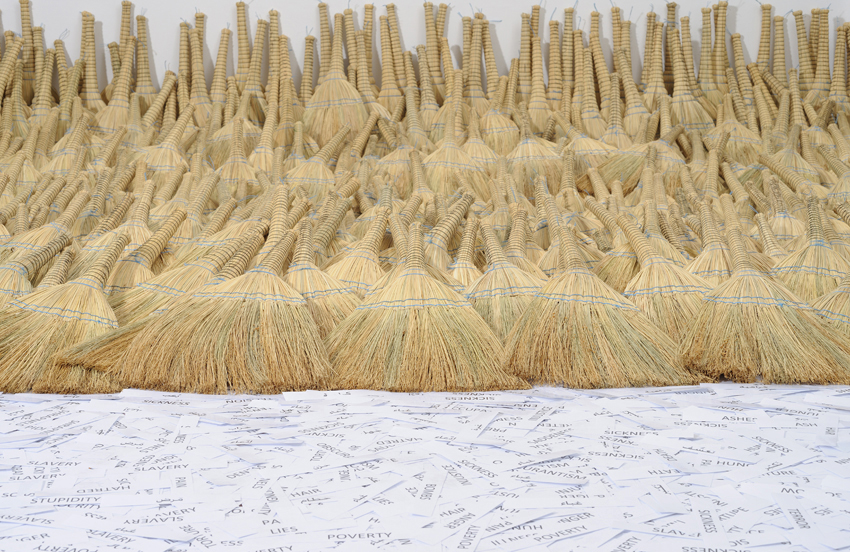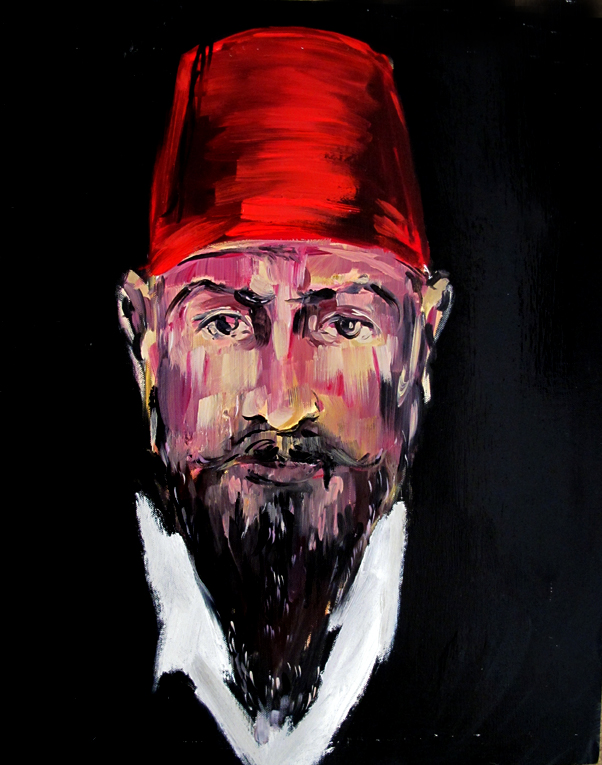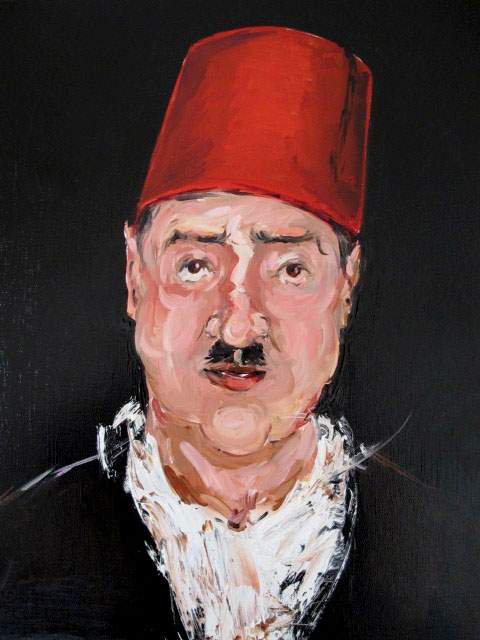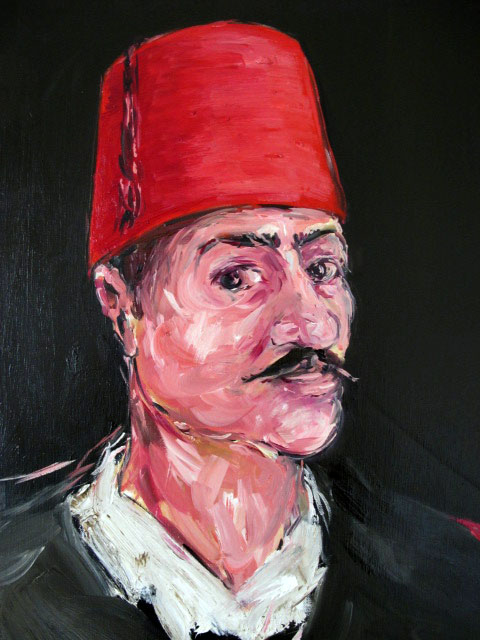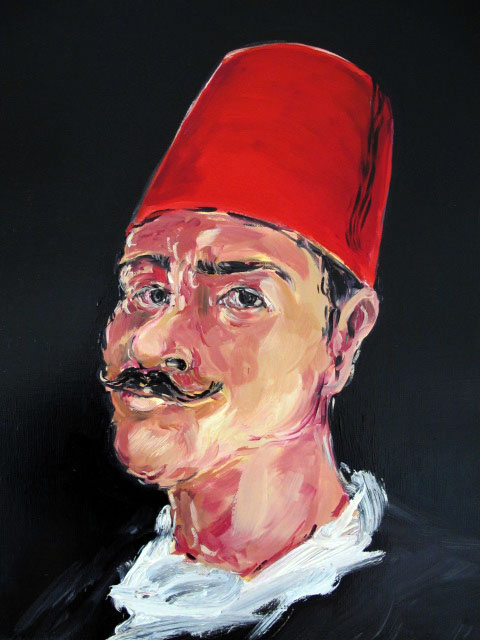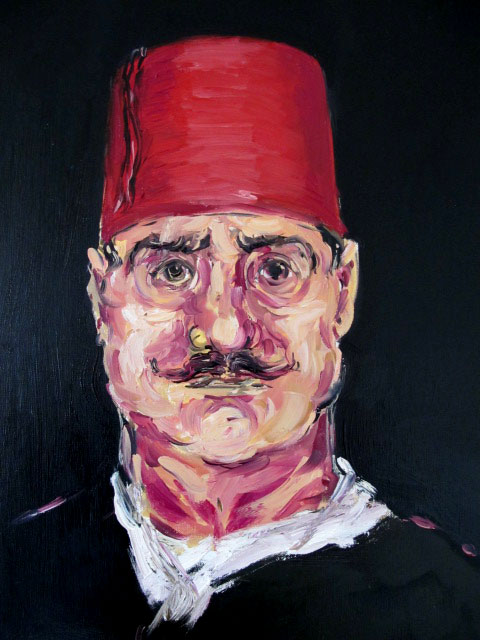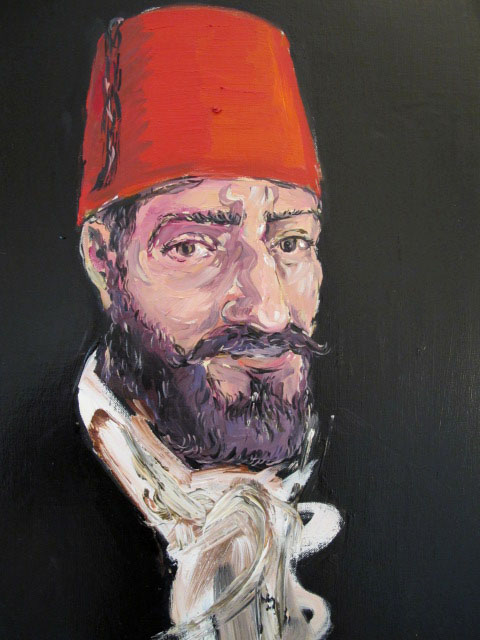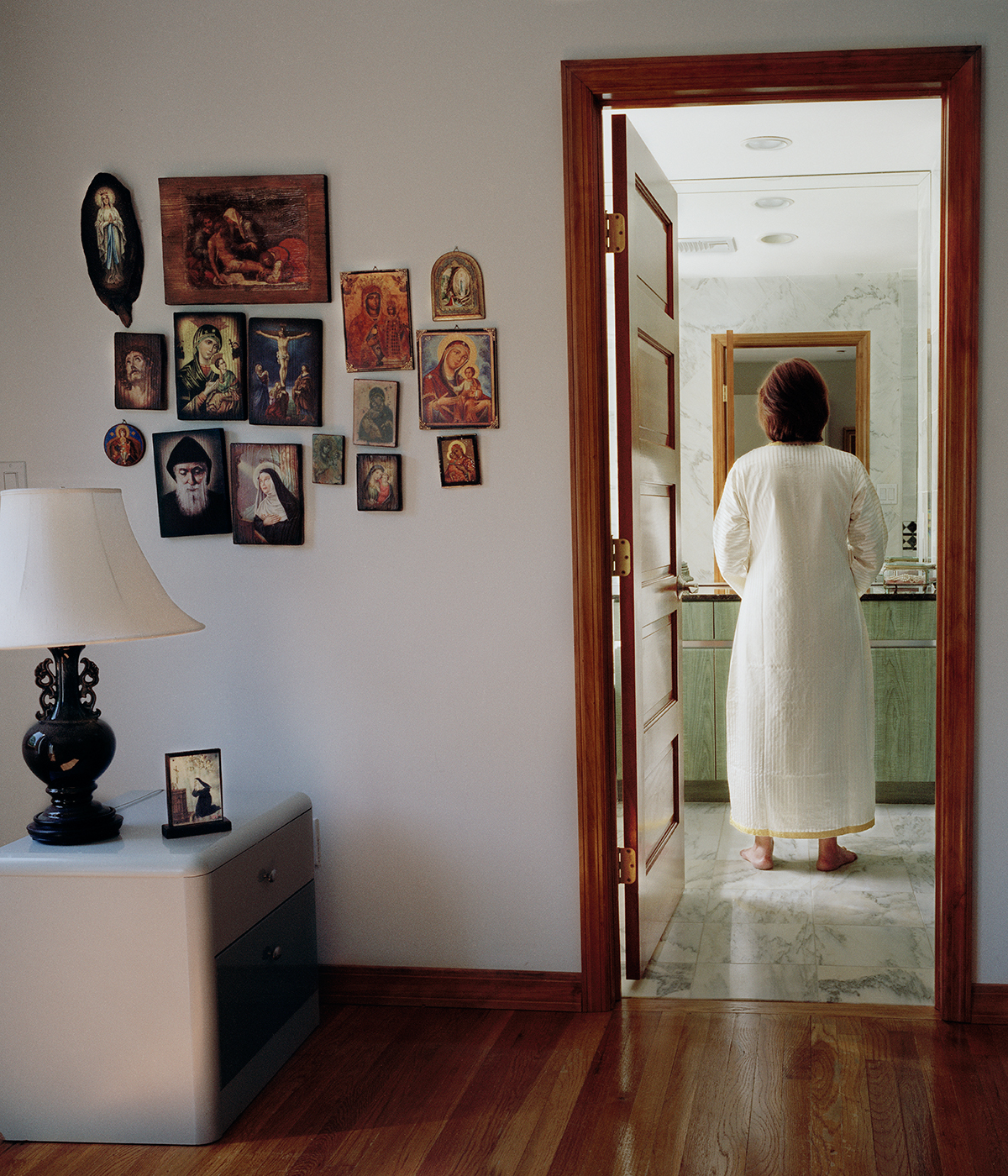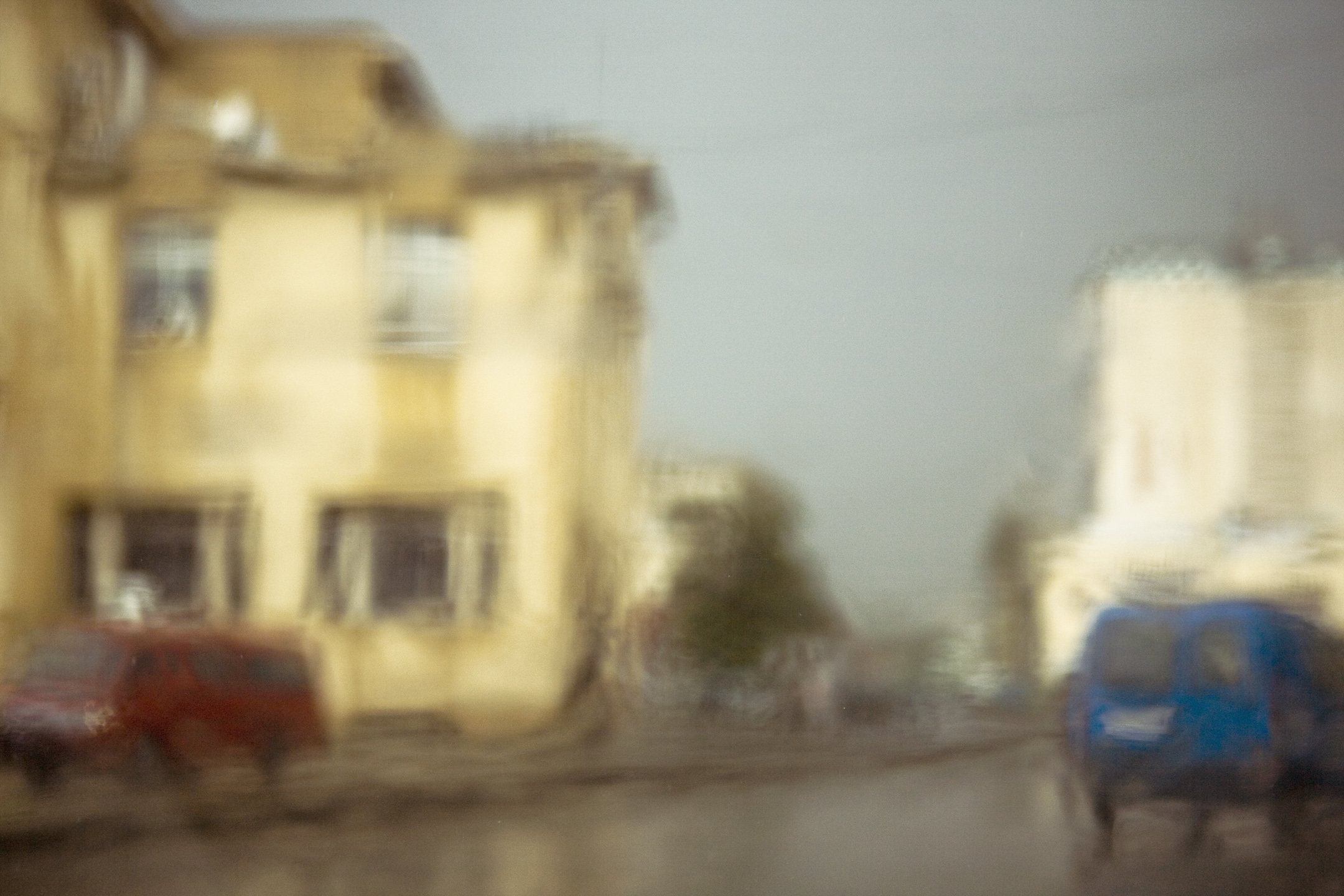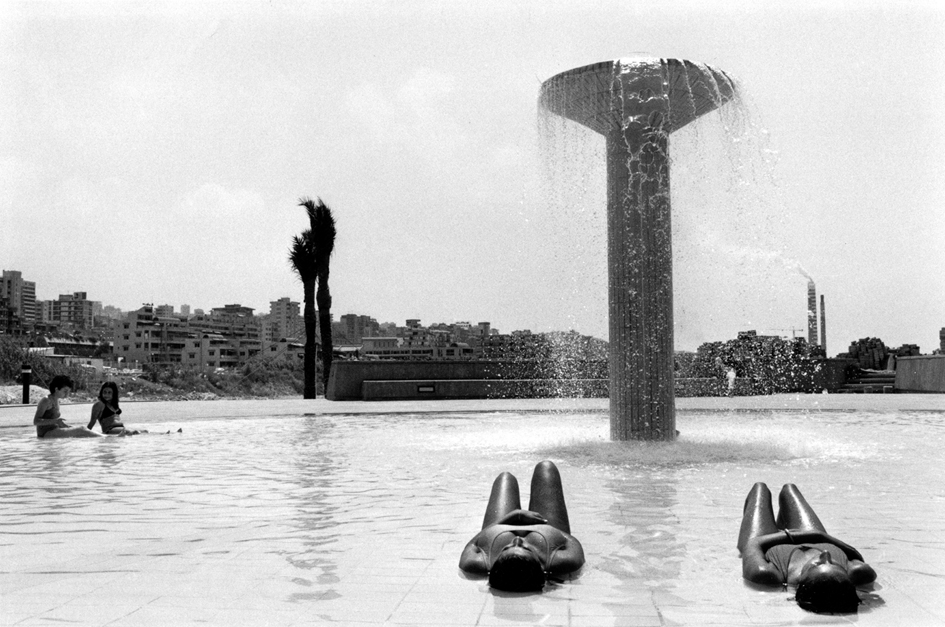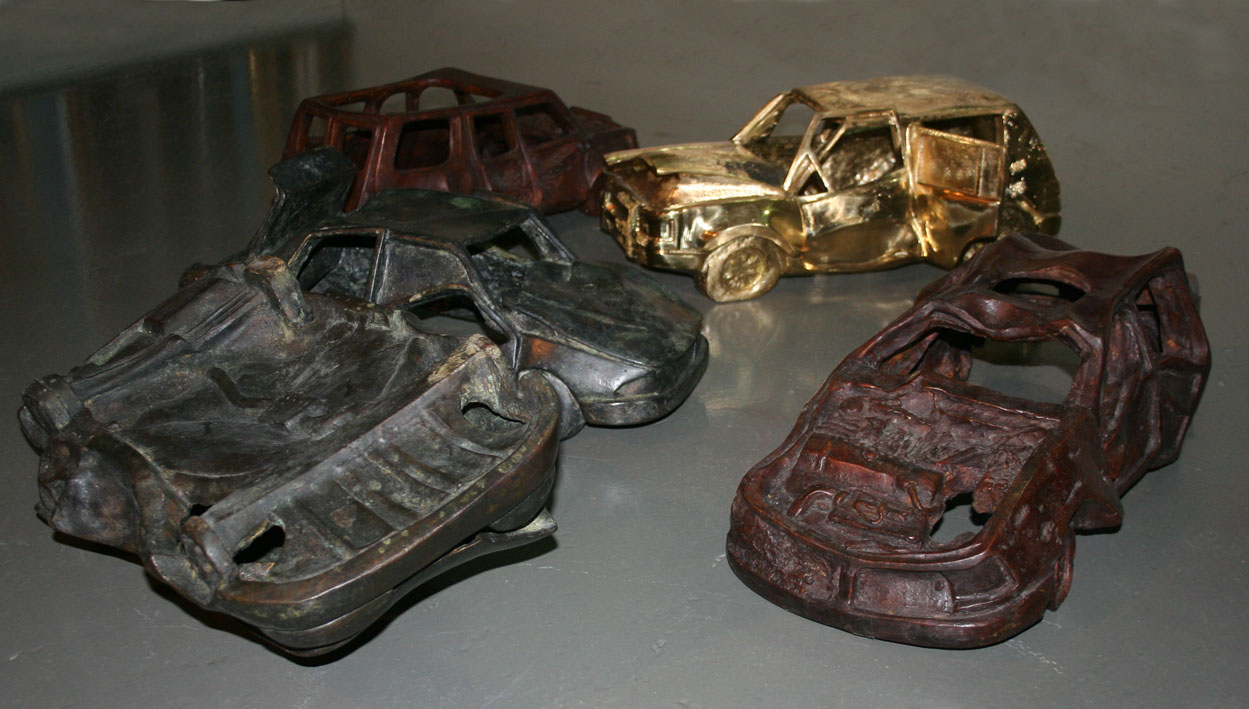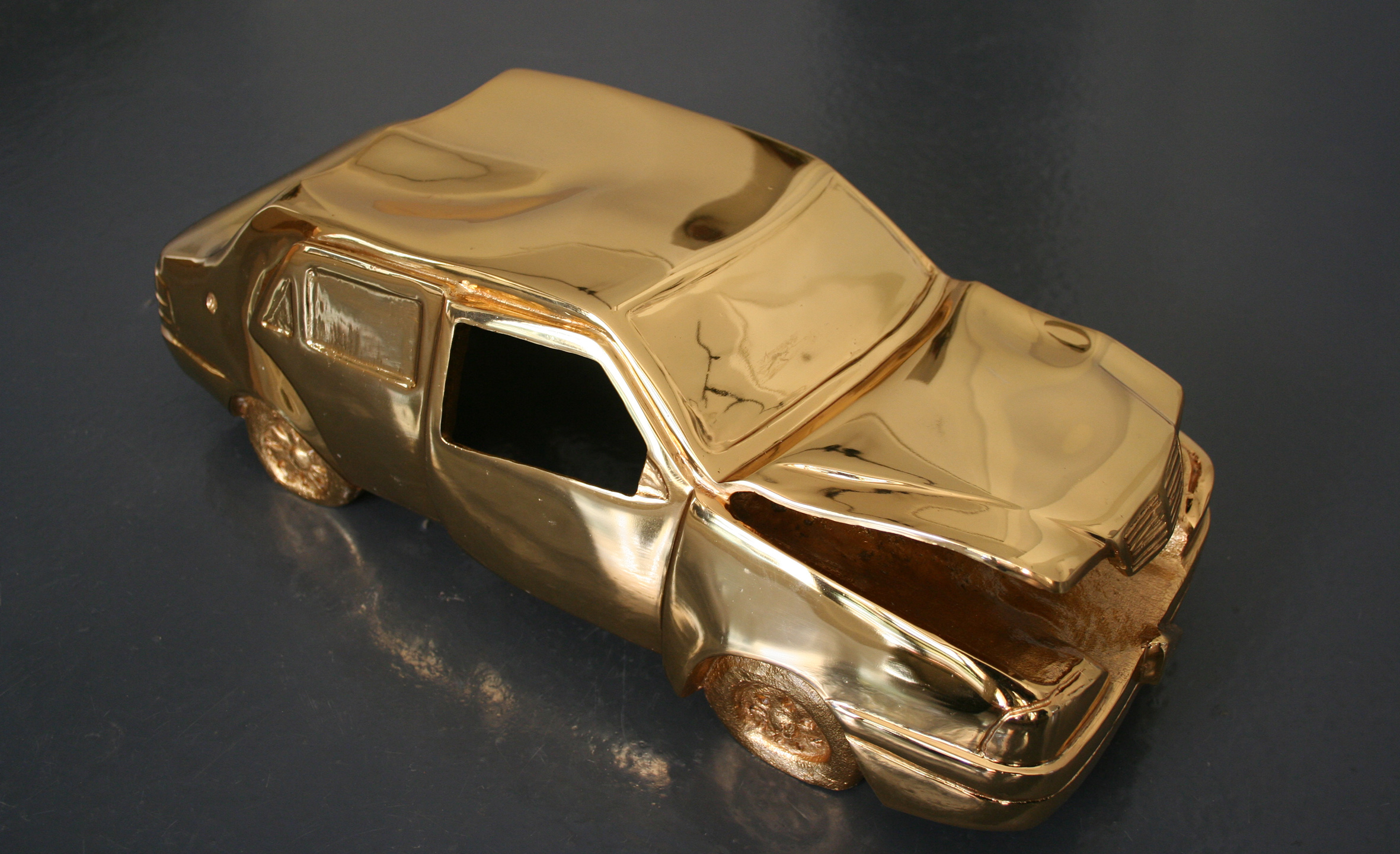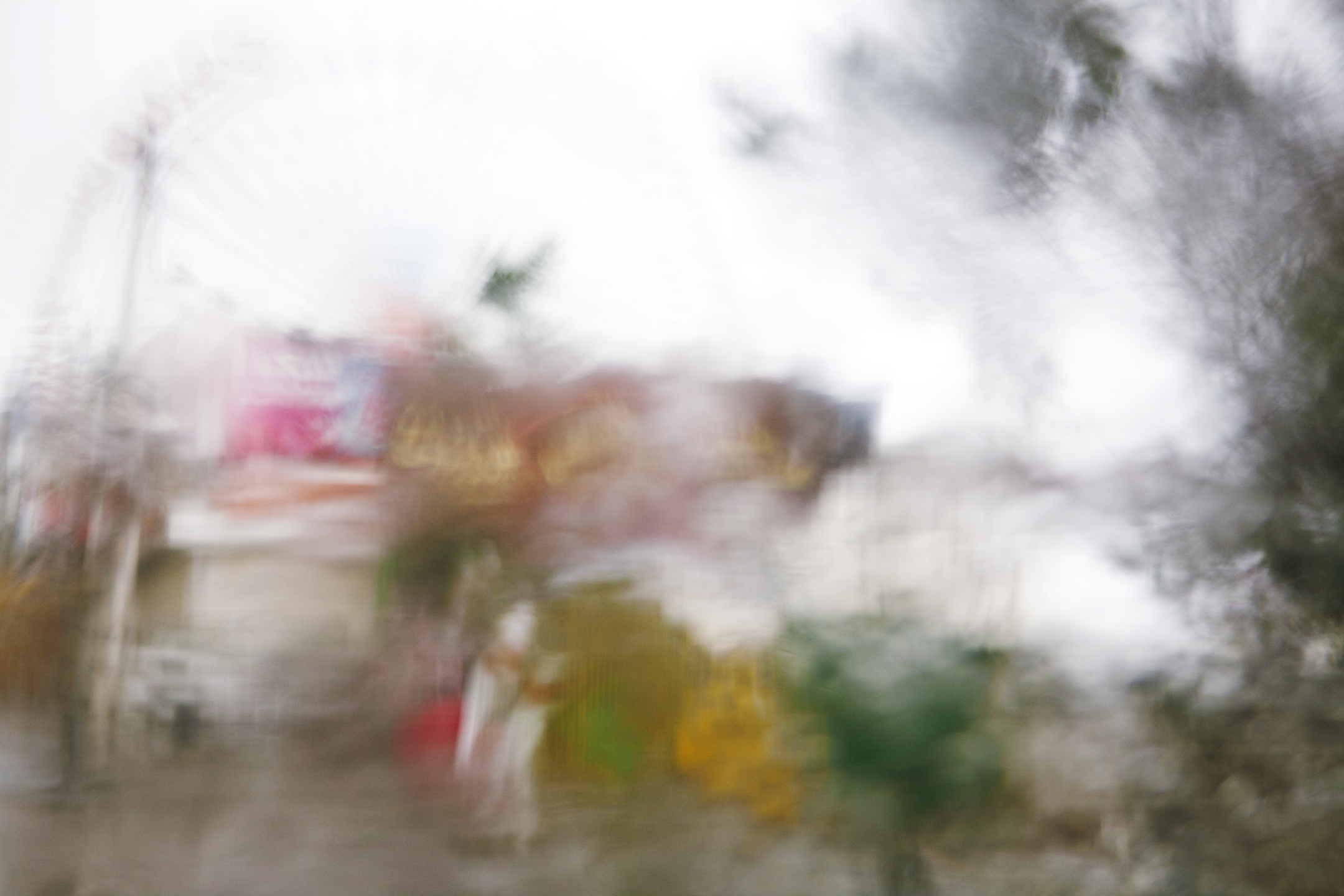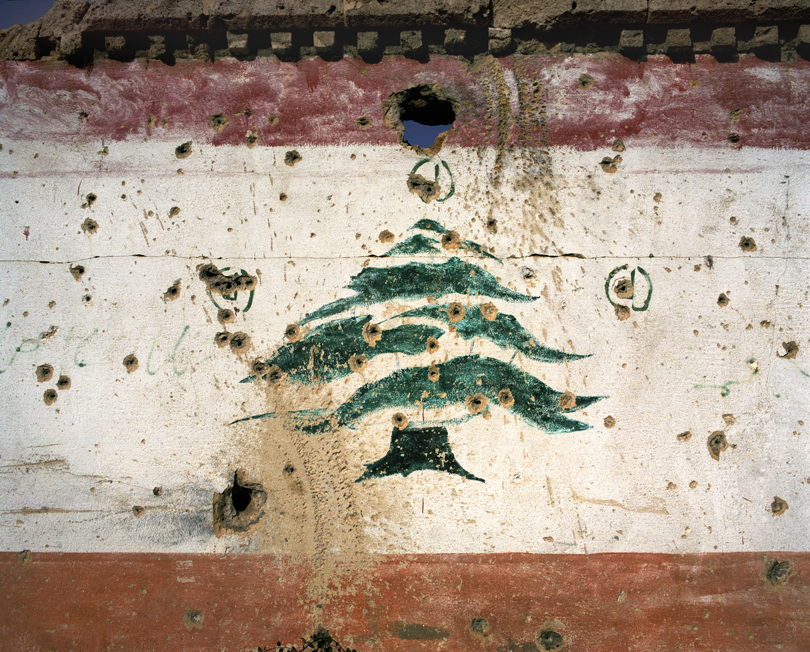Subtitled - 2011

Artistic activity in Lebanon is diffuse and symptomatic of the elusive context in which it appears. In the absence of formal national art institutions such as national museums*, Lebanon’s art is presented mainly through art galleries and in private collections.
The idea behind this project was to gather Lebanese artists from diverse backgrounds to present their distinctive representations of a place and experience that has yet to be concluded. To define Lebanese contemporary art is not an easy task. It can be characterized by events that have marked the history of the country and, consequently, its artists.
Through this exhibition, these artists are offered a platform from which they can show the world how they interpret their realities and translate them into the language of art. Swiss-Italian artist Alberto Giacometti aptly observed, “The object of art is not to reproduce reality, but to create a reality of the same intensity.”
The inclusion of artists from different generations and backgrounds allows a multitude of ideas to converge and to unfurl the stories of a whole cast of individuals. In these selected paintings, photographs, mixed media, art installations, video art and works of sculpture, the narratives are distinctively Lebanese. “The aim of every artist is to arrest motion, which is life, by artificial means and hold it fixed so that a hundred years later, when a stranger looks at it, it moves again since it is life.” - William Faulkner (American novelist and author).
Our exhibition, “subtitled: WITH NARRATIVES FROM LEBANON”. presents thirty-three Lebanese artists.
The majority of those chosen are established in and outside Lebanon, but our show has also intentionally selected several promising young artists who have distinguished themselves at home and come to my attention. While all of them were chosen for their plurality and diversity of voices, categorizing them in five distinctive yet complimentary narratives juxtaposes their socio-political realities in one rich tapestry, and this against a backdrop of an unfolding and yet untapped contemporary history.
In War-Torn Narratives artists document the heavy impact of a painful past that endures the present.
The war is not easily forgotten by Lebanon’s artists although the country’s emotional landscape appears, on the surface at least, to be buried in amnesia. Its legacy is still jarring, haunting and visible, like bulletriddled buildings that jut out as eye sores, despite the veneer of a rapidly rebuilding city.
As war ends, what surfaces is the will to reconstruct the physical appearance of a nation, and, through that exterior healing, its broken morale. Reconstructing Narratives in post-war Lebanon reflects in a state where collective memory is fragmented at best, if not absent, and the writing of its modern history is still unresolved. Camille Zakharia’s photo–montage series, entitled Elusive Homelands, exemplifies the strength of the Lebanese to reconstruct their lives successfully as immigrants. Zeina Assi’s piece is a spoof on Lebanon’s uncontrolled and unregulated building boom, a tongue in cheek depiction of the concrete jungle that Beirut has become.
Lebanon has long been renowned for its relatively liberal values and indulgent entertainment scene, compared to its more conservative Arab hinterland. The Lebanese have been distinguished by their ability to live it up in the worst and the best of times. The pleasant conditions that are typical of certain aspects of life in Lebanon always come with gradations of pain, giving rise to the surfacing of Bittersweet Narratives. In Chaza Charafedine’s Divine Comedy a young man posing as Carmen Miranda in drag could not be more suggestive of the regional social and traditional pressures regarding gender and sexual orientation.
Lebanon’s rich history has been shaped by many cultural influences, Phoenician, Greek, Roman, Islamic, Crusader, Ottoman Turkish, French, and Anglosaxon, to name a few. The resulting culture is idiosyncratically Lebanese, a fusion of East and West, of ancient and modern influences. In Cultural Narratives, artists use cultural products, like language, religion and other symbolic systems to analyze and break down the narrative of their cultural realities.
In Blurred Narratives, blurring the line between fact and fiction helps artists recount their narratives through more abstract techniques. Karen Kalou photographs the volatile landscape of Beirut during the rainy season, allowing her to create an impressionistic photographic rendition of dreamy landscapes out of her city’s dilapidated scenes. Using brushwork and fire to mark a raw canvas, Srouji’s Terre/Mer offers us a vision of childhood memories: Leaving a homeland on the verge of war by boat.
Like the Arab world’s awakening that has shaken countries on its Arab borders and in North Africa, Lebanon is evolving in its own way by emerging from its dark past and by attempting to make artistic sense out of the debris that has ravaged it.
“subtitled: WITH NARRATIVES FROM LEBANON”. makes it abundantly clear that while numerous artistic narratives document the heavy impact of such a painful past, the resulting and enduring legacy passed down to future generations rests in the remnants of its culture.
JULIANA KHALAF Art Curator
Featuring:
Zena Assi | AymanBaalbaki | Oussama Baalbaki | Ayah Bdeir | Huguette Caland | GinouChoueiri |FlaviaCodsi | Tagreed Darghouth | Nancy Debs Hadad| Laure Ghorayeb | Joana Hadjithomas&Khalil Joreige | Gilbert Hage | Abdul Rahman Katanani | Nadim Karam | Samir Khaddaje | Zena El-Khalil | Fouad El Khoury | Annie Kurkjian |Samar Mogarbel | Jean-Marc Nahas| Mario Saba | Marwan Sahmarani | Nada Sehnaoui | Mounira Al-Solh | Hanibal Srouji | Alfred Tarazi | | Camille Zakharia | LamiaZiade
Introducing:
Benoit Debbane
Chaza Charafeddine
Jessica Kalache
Karen Kalou
Mary-Lynn Massoud & Rasha Nawam
Gallery

